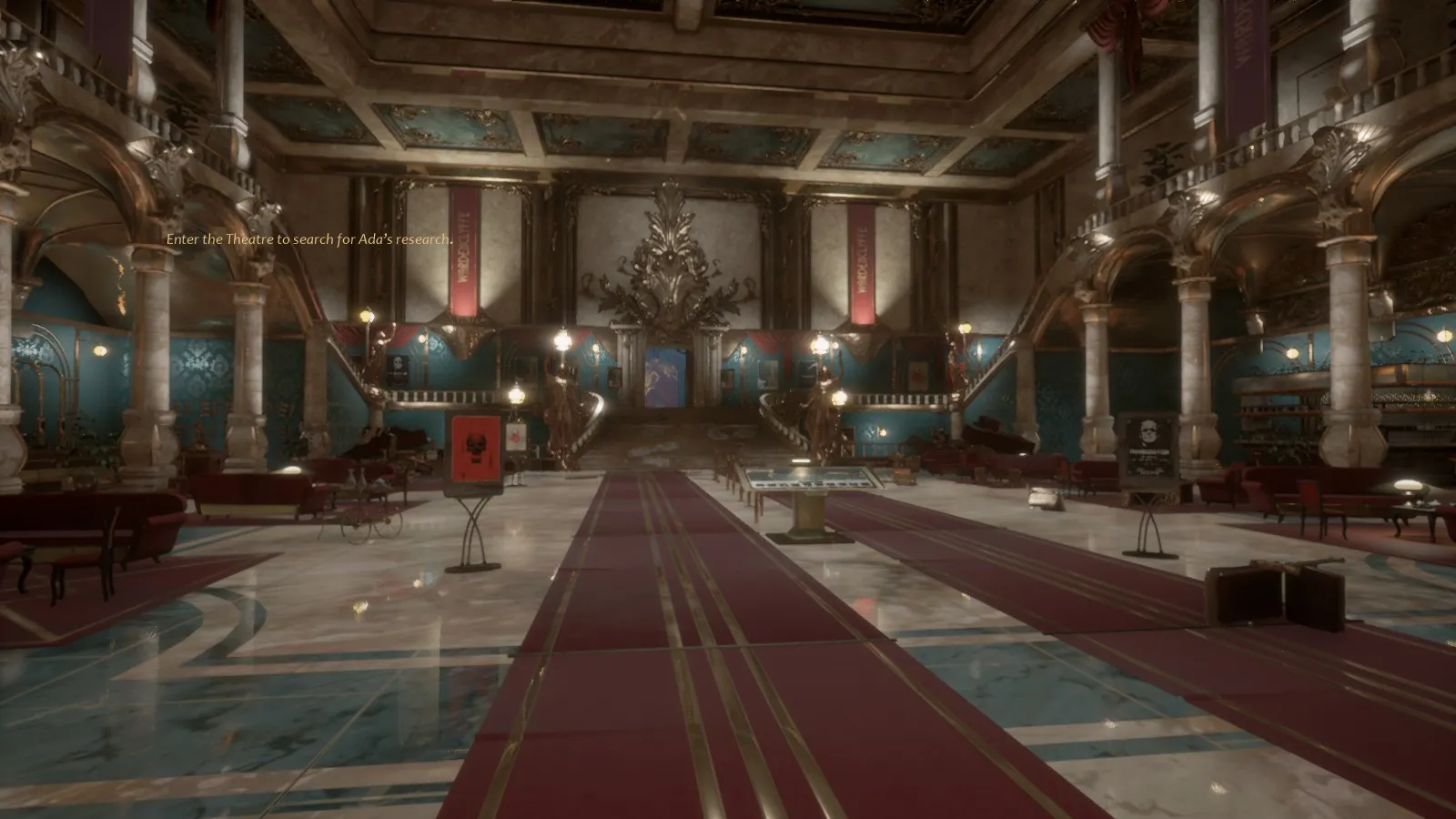
Close to The Sun: A Disappointing Voyage on a Grand Ship
Contents
The myth of Icarus warns us that exceeding human limitations comes with inherent risks. In his attempt to escape Crete with his son, the ingenious craftsman Daedalus fashioned wings of feathers and wax, cautioning Icarus against flying too low or too high. Too low, and the sea would soak his wings; too high, and the sun would melt them. Ignoring his father’s advice, Icarus soared towards the sun until his wings dissolved into a cascade of wax, plunging him into the ocean. Icarus perished by flying too close to the sun, a victim of his own ambition.
Ironically, Close to The Sun, a game steeped in this very myth, falls short precisely because it doesn’t dare to fly close to the sun.
A Familiar Echo in an Alternate History
Set in a fictional late 19th/early 20th century, Close to The Sun places you in the shoes of Rose Archer, a journalist venturing onto a technologically advanced, isolated city at sea. Founded by the visionary Nikola Tesla, this utopia was meant to be a haven for brilliant inventors free from government oversight and “petty moral boundaries.” However, upon Rose’s arrival, the city is littered with corpses, a lurking madman, and cryptic communications from a handful of survivors, including Tesla himself. Your objective: escape while uncovering the truth behind this paradise lost.
This premise evokes strong parallels with BioShock. From the game’s logo font and Art Deco architecture to the opening sequence and narrative beats, it’s hard to discern whether Close to The Sun is parodying or drawing inspiration from its predecessor. Tesla replaces Andrew Ryan. The butterfly effect of unchecked technology replaces the conflict between objectivism and human nature. Allusions to Greek mythology replace the dystopian themes of Atlas Shrugged.
 Close to The Sun
Close to The Sun
Close to The Sun possesses the foundation for a compelling sci-fi dystopian narrative, one with the potential to leave a lasting impression. The question is: does it capitalize on this potential? The answer, unfortunately, is no.
A Story Lost at Sea
The game’s four-hour narrative is divided into ten chapters, each named after a Greek myth that mirrors Rose’s experiences. In “The Fire of Prometheus,” she navigates a burning engine room. In “The Path of Ares,” she races against time to disable a sonic wave emitted from Tesla’s tower. In “The Strife of Eris,” she begins to distrust Aubrey, the voice guiding her through the radio. While not the most subtle form of symbolism, this structure doesn’t inherently detract from the narrative.
The core problem lies in the story’s preoccupation with its setting, to the detriment of its own plot. Themes like time travel, supernatural forces, and the destructive nature of envy are introduced but explored superficially. The disruption of the timeline is attributed to wireless telegraph experiments at Wardenclyffe Tower, but the sudden appearance of a mysterious creature that slaughters the Helios’ scientists feels like a convenient plot device, prioritizing gruesome spectacle over meaningful exploration of its implications.
 Close to The Sun
Close to The Sun
In a world brimming with opportunities to delve into cutting-edge technology and its ethical ramifications, Close to The Sun merely showcases them like museum exhibits. Whenever characters use scientific jargon, Rose complains and demands simpler explanations. The information you gather feels less like uncovering personal stories or contextualizing the final moments of the deceased and more like reading through tedious documents with minimal emotional impact.
Immersive Sim in Appearance Only
As you explore the Helios, you encounter Tesla’s intricate machine designs, newspaper clippings detailing events within and beyond the city, and personal notes from its inhabitants. These elements are presented in an immersive sim style, encouraging player interaction. However, instead of contributing to the atmosphere, they serve as mere flavor text for the main plot revolving around Rose, her sister Ada (a scientist on the Helios), Tesla, and the enigmatic Aubrey.
 Close to The Sun
Close to The Sun
The antagonist’s role remains vaguely defined, the messages Rose receives are cryptic and ultimately unresolved, and the game fails to address its own mysteries, such as the sudden appearance of the knife-wielding Ludwig. What kind of story ends with a character promising the protagonist holds the key to everything, only to offer no further explanation? Only Close to The Sun.
Gameplay: A Series of Switches and Chases
The gameplay fares no better. Most of your interactions involve flipping switches, pulling levers, finding easily obtainable codes to unlock doors, or pressing buttons in sequence. It’s surprising how much of the visually captivating technology is ultimately relegated to “look but don’t touch” status. Don’t expect any mentally stimulating puzzles.
 Close to The Sun
Close to The Sun
The other gameplay element involves escaping Ludwig and the supernatural creatures. This, too, requires little thought beyond pushing the left analog stick forward, holding down the run button, and turning towards any illuminated area. Occasionally, the game throws in frustrating platforming sections where Rose needs to jump over obstacles. Standing too close prevents the jump prompt from appearing, forcing you to back up, only to be caught by a clunky, PS2-era enemy model.
A Glimmer of Hope in the Art Deco Aesthetic
Is there any redeeming quality to Close to The Sun? Perhaps its Art Deco aesthetic. However, it doesn’t surpass the visual splendor of BioShock, Prey, or Transistor, and it’s certainly not enough to compensate for the game’s numerous shortcomings.
In conclusion, Close to The Sun presents a tantalizing premise with a visually appealing world, but ultimately fails to deliver a compelling narrative or engaging gameplay experience. It had the potential to soar, but instead, it crashed and burned, a cautionary tale of a game that flew too close to the familiar sun of BioShock without forging its own path.





Comments (0)